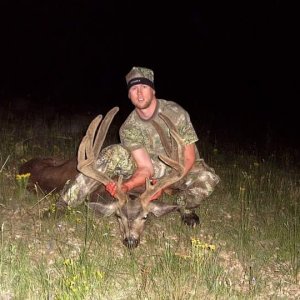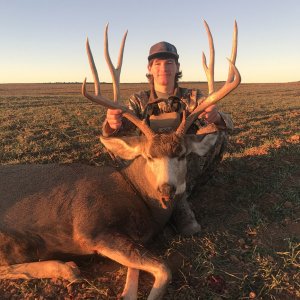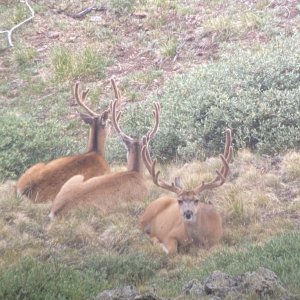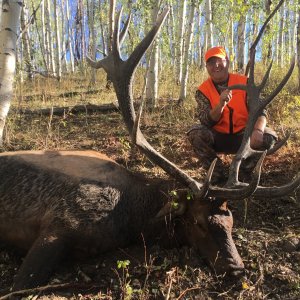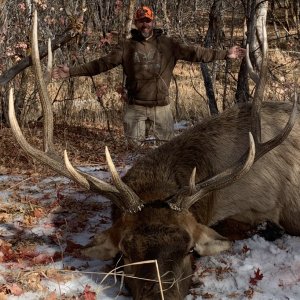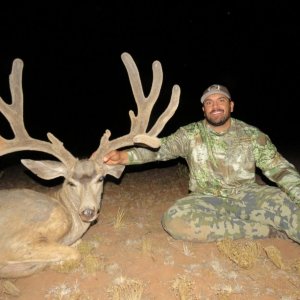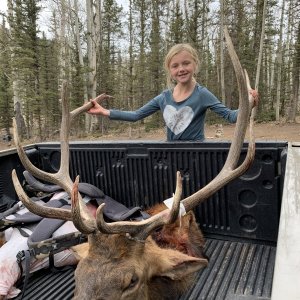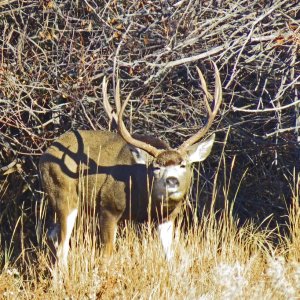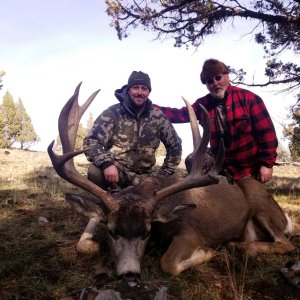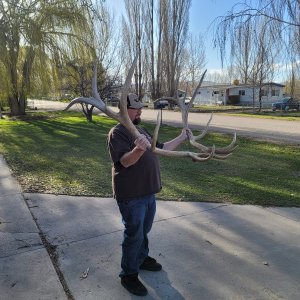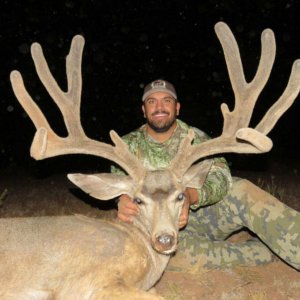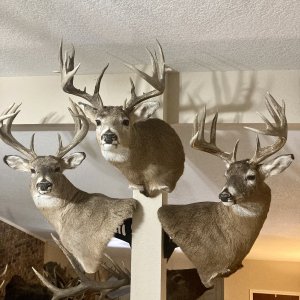One of the most important winter range areas in the northern book cliffs is currently being decimated by fire. Almost 3,000 acres have burned so far in Wolf Den about 4 miles north of Big Park. It's currently 0 percent contained so far with no end in sight since most firefighting crews are out fighting fires in other areas of the state. Mother nature is certainly cruel to mule deer out there this year.
You are using an out of date browser. It may not display this or other websites correctly.
You should upgrade or use an alternative browser.
You should upgrade or use an alternative browser.
Book Cliffs Fire
- Thread starter buckstomp
- Start date
LAST EDITED ON Jul-02-12 AT 08:10AM (MST)[p]Theox...calm down a little and take a chill pill. Not sure what's causing you to get so emotionally bent out of shape. Nobody is saying it's going to "annihilate the deer herd there." Fire is generally a good thing because it clears things out and allows new growth to occur. However, loss of critical winter range in this particular area along with the drought will certainly create big trouble for deer this winter if the fire continues to burn, especially if we get a hard winter. It still takes time for winter range to recover and it's certainly not unreasonable for people to be concerned.
J
JimWa
Guest
any update on that fire
LAST EDITED ON Jul-04-12 AT 02:29PM (MST)[p]The Wolf Den fire isn't as bad as you might think as far as deer winter range goes. Not much deer winter range actually burned. A bullet was dodged on that one. I was expecting much worse. The bulk of the burned acreage is east of deer wintering areas. The deer wintering areas that did burn are located more in some of the draws that contain other browse species besides sagebrush that should come back pretty well on their own. Cheatgrass isn't a big issue in this area. These draws also had some good grass before the fire, so they should come back. After some of the areas are seeded and a couple of years go by, wildlife will love this burned area. Most of the fire is doing great things for wildlife in the long run. I wouldn't worry about the fire affecting anyones hunts, it is such a minor portion of the deer hunting areas. This fire will be a significant net gain for wildlife in a couple of years!!
LAST EDITED ON Jul-05-12 AT 09:23AM (MST)[p]bonepiler, thanks so much for your update...I appreciate your take on the situation. It sounds like you have seen firsthand the area affected and it appears from your analysis that there is good news.
KSL is reporting that over 22,000 acres have burned so far. Most people don't understand that fires not only destroy existing feed, but the very plants themselves. It takes a long time for an average rangeland to return to its original condition with critical habitat oftentimes taking years to rebuild. For example, bitterbrush and sagebrush may take decades to recover, thus creating a problem that exceeds habitat carrying capacity during winter months.
Some mule deer, such as those in the Wolf Den range, are migratory and rely on traditional movements throughout the area to get food and cover requirements they need. A disruption in these movement patterns resulting from loss of winter range can create lots of problems for mule deer. The results of a fire may indeed eventually be positive, but many don't understand the difficulties and length of time involved in winter range recovery after a catastrophic fire.
Please keep us updated.
KSL is reporting that over 22,000 acres have burned so far. Most people don't understand that fires not only destroy existing feed, but the very plants themselves. It takes a long time for an average rangeland to return to its original condition with critical habitat oftentimes taking years to rebuild. For example, bitterbrush and sagebrush may take decades to recover, thus creating a problem that exceeds habitat carrying capacity during winter months.
Some mule deer, such as those in the Wolf Den range, are migratory and rely on traditional movements throughout the area to get food and cover requirements they need. A disruption in these movement patterns resulting from loss of winter range can create lots of problems for mule deer. The results of a fire may indeed eventually be positive, but many don't understand the difficulties and length of time involved in winter range recovery after a catastrophic fire.
Please keep us updated.
Similar threads
- Replies
- 0
- Views
- 808

